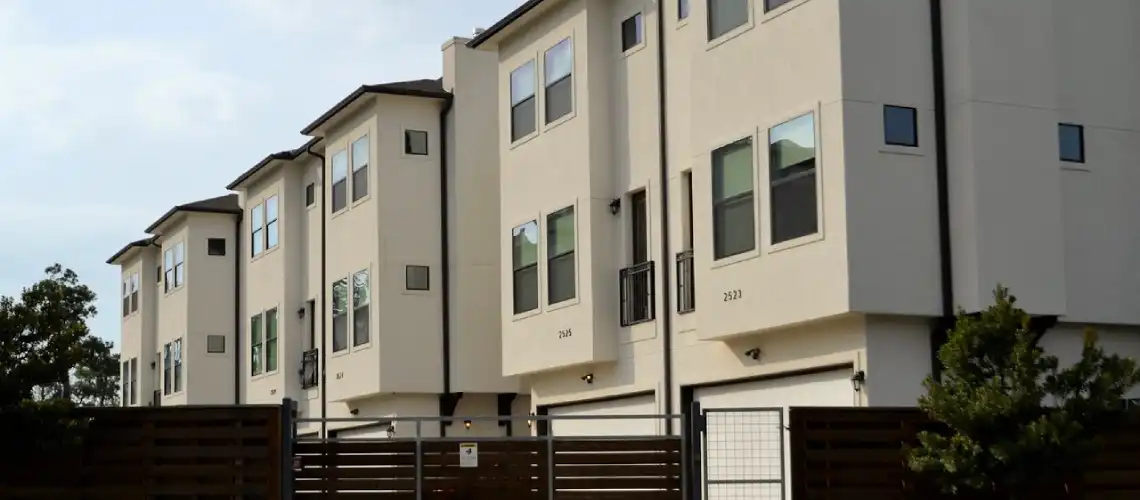Securing your investment with the right insurance coverage is paramount for property owners. This article explores the intricacies of obtaining adequate building and landlord insurance through comprehensive property valuations. We aim to guide property investors through the process of ensuring their investments are properly protected.
Understanding the Importance of Accurate Property Valuations
Property valuations for insurance purposes differ significantly from market valuations. The focus here is on assessing the replacement cost of the property in the event of a total loss, ensuring that the insurance coverage accurately reflects the value of the property and its contents.
Key Components of Insurance Valuations
Insurance valuations consider several critical components:
- Replacement Costs: The cost to rebuild the property, including materials and labour.
- Current Building Codes: Costs associated with updating the property to meet current building codes.
- Landlord Contents: The value of any contents owned by the landlord that are available for use by tenants.
The Role of Investment Property Insurance
Investment property insurance, also known as landlord insurance, is designed to offer property owners protection against a range of potential risks. This includes property damage, loss of rental income, and liability claims.
Ensuring Adequate Coverage
To ensure adequate coverage, landlords should:
- Regularly Review Property Values: Property values and replacement costs can fluctuate, making regular valuations essential.
- Consider Additional Coverages: Depending on the property and location, additional coverages such as flood or earthquake insurance may be necessary.
- Understand Policy Exclusions: Being aware of what is not covered is just as important as knowing what is included in your policy.
Maximising Protection Through Landlord Insurance
Landlord insurance policies offer various coverages that are crucial for protecting your investment and income. These can include building coverage, contents insurance, loss of rental income, and liability insurance.
- Building Coverage: Protects the physical structure of your property against damage from insured events.
- Contents Insurance: Covers the replacement of landlord-owned items within the property.
- Loss of Rental Income: Compensates for lost income due to insured events rendering the property uninhabitable.
- Liability Insurance: Protects against claims of injury or damage made by tenants or visitors.
Conclusion
Investment property valuations for insurance are a critical aspect of managing and protecting your real estate investments. By ensuring your property is adequately valued and covered, you safeguard not only your physical asset but also the income it generates. Regular valuations, understanding the specifics of landlord insurance, and choosing the right coverages are essential steps in this process. Protecting your investment property with the appropriate insurance coverage is not just a financial decision; it’s a cornerstone of successful property management.



